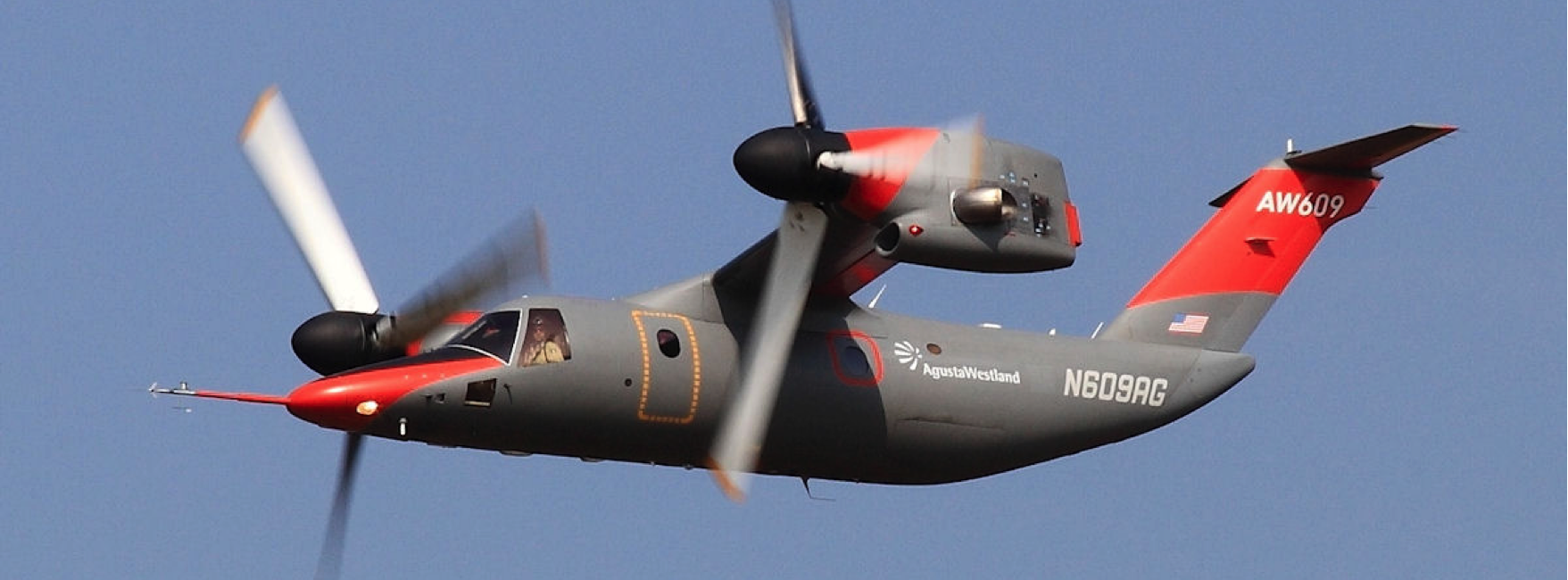First civilian aircraft with Austrian de-icing technology takes off
Over the years, Villinger has developed an electro-thermal de-icing system that uses, among others, in-house developed electrically heated coatings. These are applied as a thin coating in or on a composite or metal structure without compromising the aerodynamic properties of the aircraft. 2017 was a successful year on the market.
Six Lancair Evolution's in Redmond / Oregon were equipped with the Villingers de-icing system on propeller, air intake, wings and tailplane. The first civil aircraft with Austrian de-icing technology took off in March 2017. It has been established that this technology can cancel out the 25 knot loss of speed resulting from the classic de-icing approach.
Projects
- HEAT [Take Off]: Heating Paint Based De-icing System for Drive Components and Aircraft Wings
- AAP3 [COIN EraSME]: Advanced Aircraft Propeller Ice Protection for increased Flight Performance and Reduced Fuel Consumption
- Rotorblattenteisung [Energieforschung]: Investigation of Effective De-Icing Methods on Wind Power Plants' Rotor Blades - Know-how Transfer
- eWing_DE-ICER [Take Off]: Development of an Energy-Efficient Electrothermal De-icing System for Wing Leading Edges in Aviation
- IceDrip [Take Off]: Combination of discontinuous electrothermal de-icing with (super)hydrophobic coatings
- Electric Ground De-Ice [Take Off]: Development and Proof of Concept of an Electric De-icing System
- InSPIRE [CleanSky2]: Innovative Aircraft Ice Protection
- No Ice Rotor [CleanSky2]: Ice Protection System for Tilt Rotor Aircraft
- HIS [Take Off] Evaluation Ice Protection for Small Helicopter (ÖAMTC)
- Triceps [Cleansky]: Tilt Rotor Integrated Air Intake and Engine Protection System

